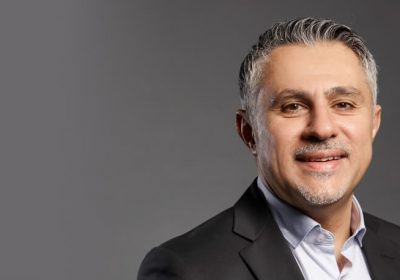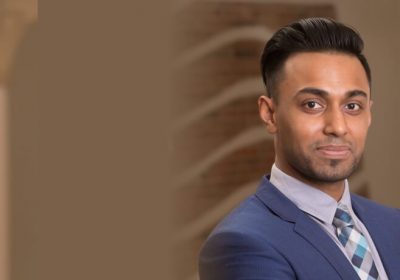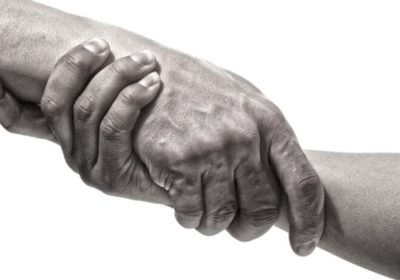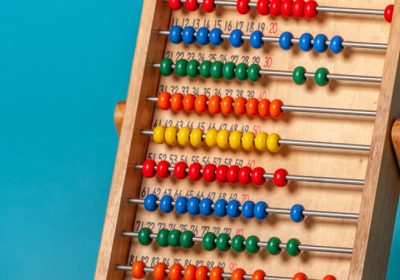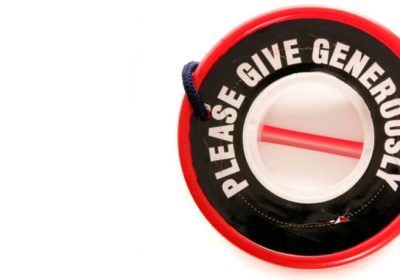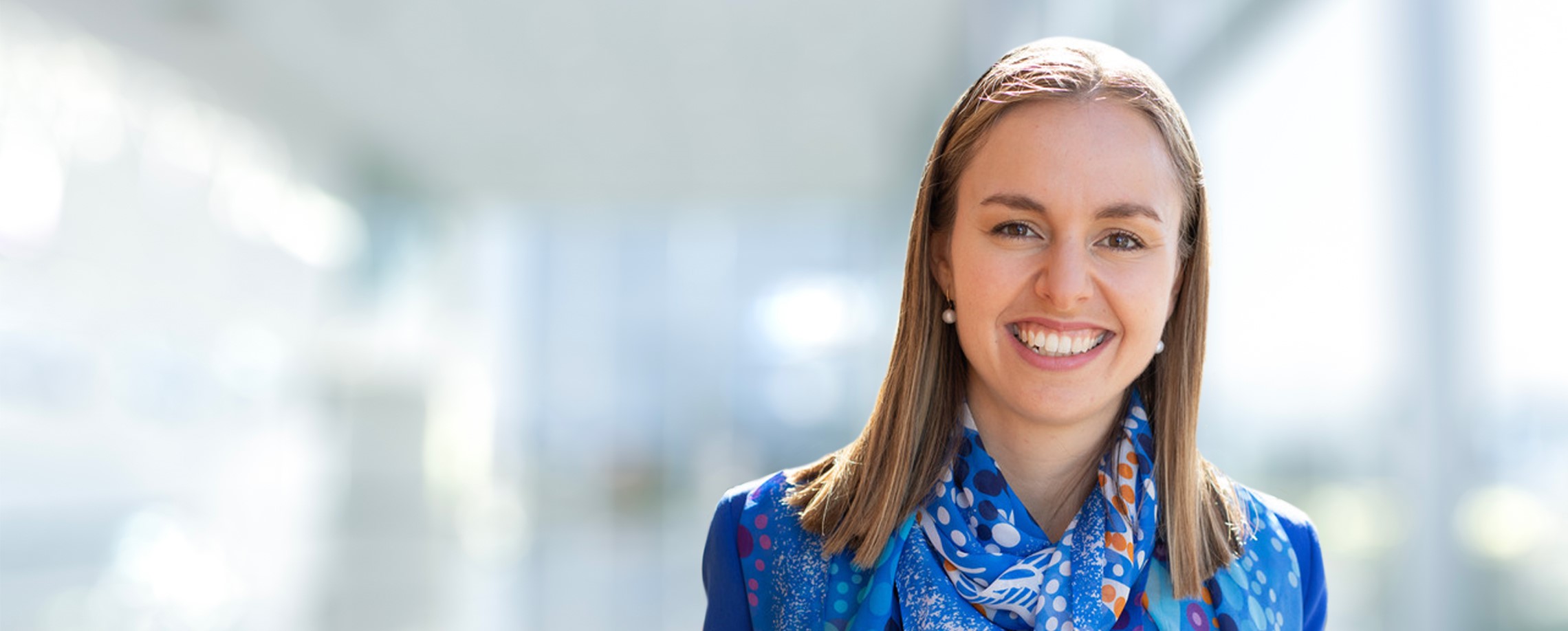
- Author: Johanna Leggatt
- Posted: October 29, 2021
We Need to Change the Image of What a Typical Accountant Looks Like
Wilman-Nyoongar woman Shelley Cable is on an ambitious quest to ensure Indigenous Australians are fairly represented in our workforce, including in the C-suite.
CEO of the Minderoo Foundation’s Generation One initiative, Shelley Cable, is often asked by employers for referrals to Indigenous accountants to help increase their numbers across Australia’s business landscape
Unfortunately, it rarely makes a difference.
“The natural reaction to the problem is for people to assume they need to go and hire an Indigenous accountant or CFO,” Cable says.
“But it’s far from helpful as the existing Indigenous accountants are already in secure work because everyone knows how rare they are.”
Cable, a Wilman-Nyoongar woman from Perth, believes the focus should instead be on encouraging more Indigenous people to study finance, such as via high school programs that encourage Indigenous people into book-keeping or other precursor subjects.
“This needs to be addressed much earlier in the pipeline at school as there are hardly any Indigenous commerce and business students at university, let alone accounting majors,” she says.
“We need to tell a new story and change the image of what a typical accountant looks like.”
Closing the data gap
The Generation One initiative hopes to go some way to address this employment disparity with its “very bold mission” to get 300,000 more Indigenous Australians into work by 2040.
However, as Cable, notes their mission is somewhat hamstrung by a lack of up-to-date data.
At the beginning of the pandemic, Generation One commissioned Deloitte to report on how Indigenous employment was likely to be impacted by the virus, however the consultancy firm reported back there was a dearth of data to work with — the latest figures on Indigenous employment were recorded during the 2016 census.
“So that was kind of a horrifying moment for me and the team to realise that we actually could be facing the biggest hit to Indigenous employment in Australia’s history and we wouldn’t even know,” Cable says.
As a result, Generation One is spearheading the creation of an Indigenous Employment Index, to be released in March, which will engage
with some of Australia’s largest employers to establish a baseline for the state of Indigenous employment parity, identify what practices to achieve
sustainable Indigenous employment, and enable organisations to report on progress.
“It’s about transparency, it’s about accountability, it’s about measuring progress,” Cable says.
The Index, however, will aim to extend beyond mere targets, and takes a holistic approach to the issue of Indigenous employment.
“There’s a whole system of Indigenous employment: there’s not only recruitment and attraction, but there’s also the question of retention and workplace culture, and particularly cultural safety,” Cable says.
“So this will be Australia’s first look as to what those practices are and hopefully we can get a sense of which levers organisations can pull in order to drive positive Indigenous employment results.”
Origins of inequality
As Cable notes it is hard to identify a single contributing factor for such woeful under-representation of Indigenous people in finance and professional services more broadly.
She notes, however, that money has often had a negative influence on Indigenous communities.
“If you look at what royalties have done to some communities, it’s actually just created division, and living conditions haven’t improved as a result,” she notes.
Plus, there are cultural differences between the highly individualist western approach to money, finances and savings, Cable adds, and the more collectivist ethos of Indigenous peoples.
“In an Indigenous context, often there is no such thing as individual savings, and if you have money you give it to your family and your extended family,” she says.
“So there’s serious cultural differences in how we manage money and accumulate it.”
Making a difference
Born and raised in WA, Cable comes from a family of entrepreneurial and supportive parents. Her grandfather, Barry Cable, was a professional AFL player but his career ended when he suffered from a serious leg injury.
“My grandfather always drummed into our family the importance of education and having a plan B,” Cable says.
“So I grew up in a family that just expected us to work hard at school, expected us to go to university, there was never a question about it, and coming from an Indigenous background that’s an exceptionally privileged place to be in.”
Cable was also influenced by the pluck and exceptionalism of her parents, who ran many businesses during her childhood — from the local newspaper they launched to the technology statistics company they pioneered.
“My first job was actually selling mum and dad’s newspapers around football stadiums in WA when I was nine,” she says.
“They poured their heart and soul into all of their businesses.”
Cable’s passion for Indigenous financial literacy was piqued as a newly minted university accounting graduate when she realised just how rare she was.
The statistic that shocked Cable, in particular, was the fact that, at that time, there were only 24 qualified Indigenous accountants. She resolved to make it 25 through the CPA program.
“I didn’t actually want to become a CPA, I had already studied accounting through high school and university, but I figured 25 is better than 24,” she says.
“And how can I expect others to take that journey, if I don’t?”
The road ahead
By the time Cable completed her CPA qualification about 12 months ago, there was a slight increase to 69 qualified Indigenous Australian accountants.
“To achieve parity, we need about 6000 qualified Indigenous accountants as that would represent about 3 per cent of the roughly 200,000 members of the accounting profession”
Shelley Cable, CEO, Generation One
“So when you look at it that way, we still have a long way to go.”
While it is undoubtedly important for Indigenous people to assume c-suite roles, Cable notes that financial control and literacy matters more than a job title.
“For me, being able to have more control over, or more say over, all of the billions of dollars each year that flow into Indigenous communities and programs, is what matters,” she says.
“When you think about the fact there is fewer than 100 Indigenous accountants, you realise very quickly that it is not Indigenous people making decisions on where that money goes.”
However, Cable concedes that to have an Indigenous CFO of an ASX-listed company would represent more than just a huge leap towards equality — it would also have a positive flow-on effect to the company culture.
“That would bring so many more benefits and different points of view than the typical CFOs that we tend to see,” she notes.
For her own part, Cable has already crammed a lifetime of experience into her twenty-six years: she was a delegate to the Uluru Convention on Constitutional Reform that resulted in the Uluru Statement of the Heart, and she was previously a senior consultant role at PricewaterhouseCoopers’ Indigenous Consulting.
In 2017, Cable represented Australia at the United Nations’ Expert Mechanism on the Rights of Indigenous Peoples, where she advocated for greater financial literacy for global indigenous peoples as protection against exploitation. Her recommendation was fully endorsed.
Despite her meteoric rise, Cable has naturally faced stumbling blocks and discrimination along the way, and says her relative youth has made some people uncomfortable.
But she makes no apologies for her quick rise to CEO at the age of 24.
“I am young, but I am also in a hurry, as the stats reveal that the Indigenous equality gap is 200 years away from closing at the current rate,” she says.
“So, I’m sorry, but I don’t have time to wait that long.”



